When 'Greater America' Celebrated Imperialism (1899)
Meanwhile the US was fighting it's "first Vietnam War" to hold the Philippines
The Greater America Exposition, a world's fair held in North Omaha, Nebraska in 1899, stands as a peculiar event in American history. At the time, the United States had a new colonial empire, having recently acquired the Philippines, Guam, and Puerto Rico by force during the Spanish-American War. The exposition showcased America’s growing power while ignoring the impact of expansion on it’s new subjects.
As the Exposition opened, the US was fighting the Philippine–American War - a Philippine reaction to American colonial rule in the newly-seized Philippines.
The conflict began in early 1899 and lasted until 1902, resulting in a protracted and brutal war. The Philippines fought a guerilla-style campaign against American forces, employing tactics of ambushes and hit-and-run attacks. America’s harsh response brought about immense suffering, with civilian casualties and widespread destruction.
"Kill every one over ten." - Gen. Jacob H. Smith.
"Criminals Because They Were Born Ten Years Before We Took the Philippines".
Brigadier General Jacob Smith commanded a contingent of US Marines during the Philippine–American War.
He gave an order that: "I want no prisoners. I wish you to kill and burn, the more you kill and burn the better it will please me. I want all persons killed who are capable of bearing arms in actual hostilities against the United States." And he further defined that the people of the Philippines are born with "knives in their hands" and ordered that all men older than 10 to be executed.
This sparked an outcry in the United States. He was ordered to retire after a trial, though the public opinion was still against him as he got off relatively lightly. The cartoon has the Old Glory draped an American shield on which a vulture replaced the bald eagle.
Meanwhile back at the Expostion …
The Greater America Exposition inadvertently exposed the imperialistic undertones that permeated the United States' newfound role as a global power. The grandiose buildings, the lavish displays of wealth, and the triumphant rhetoric conveyed a message of dominance and authority.
As visitors marveled at the exhibits, did they consider the dissonance between America's historical struggle for independence and the violent reality of its colonial possessions?
The Philippines finally gained its independence from the United States on July 4, 1946.
With exclusion of New York Journal image, all other images are from A History of the 1899 Greater America Exposition in North Omaha. It features a detailed post and memorabilia from the Exposition.
I first became aware of this Exposition while reading How to Hide an Empire by Daniel Immerwahr. I highly recommend it.
For more about the American Imperialism of that era see …
School Begins: Critique of US Imperialism (1899)
Invading foreign lands was a relatively new experience for the U.S. Given the rhetoric of civilizing uplift used to justify expansion, training was expected as part of the incorporation of new territories into the U.S. Uneasiness over the idea of using force to govern a country was overcome by tracing the issue of consent back through re…
America's Expansionist Appetite (1900)
DECLINED WITH THANKS The Antis - “Here take a dose of this anti-fat and get thin again!” Uncle Sam - “No. Sorry! I never did take any of that stuff, and I’m too old to begin.” The political cartoon "Declined With Thanks" was published in Puck on September 5, 1900. It depicts a large Uncle Sam getting a new outfit made at "McKinley an…

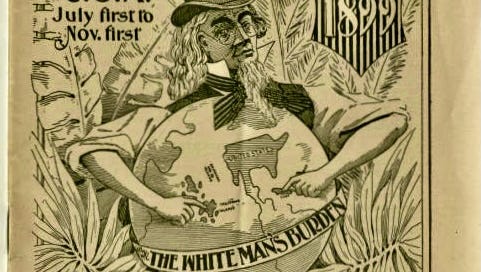



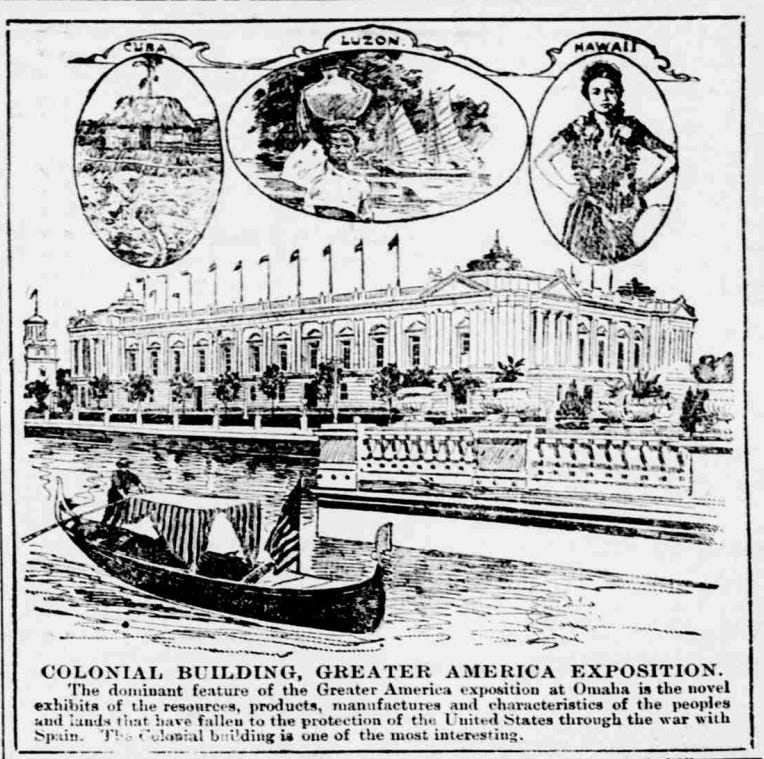

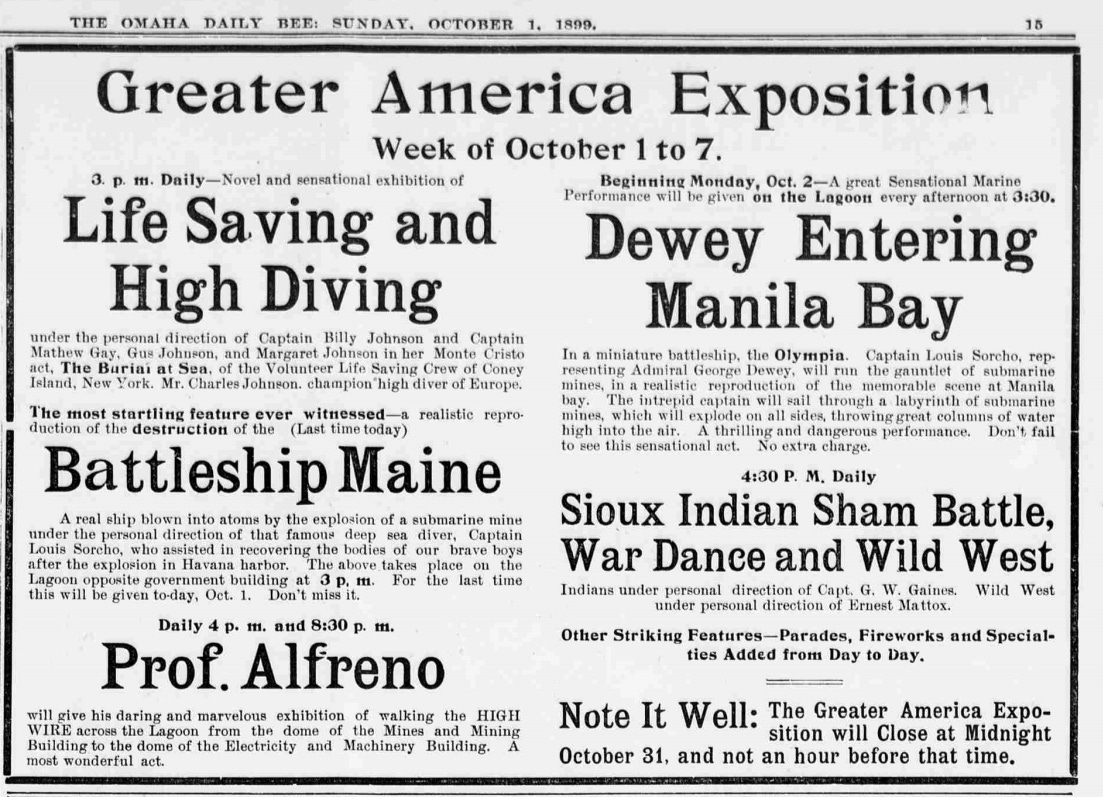
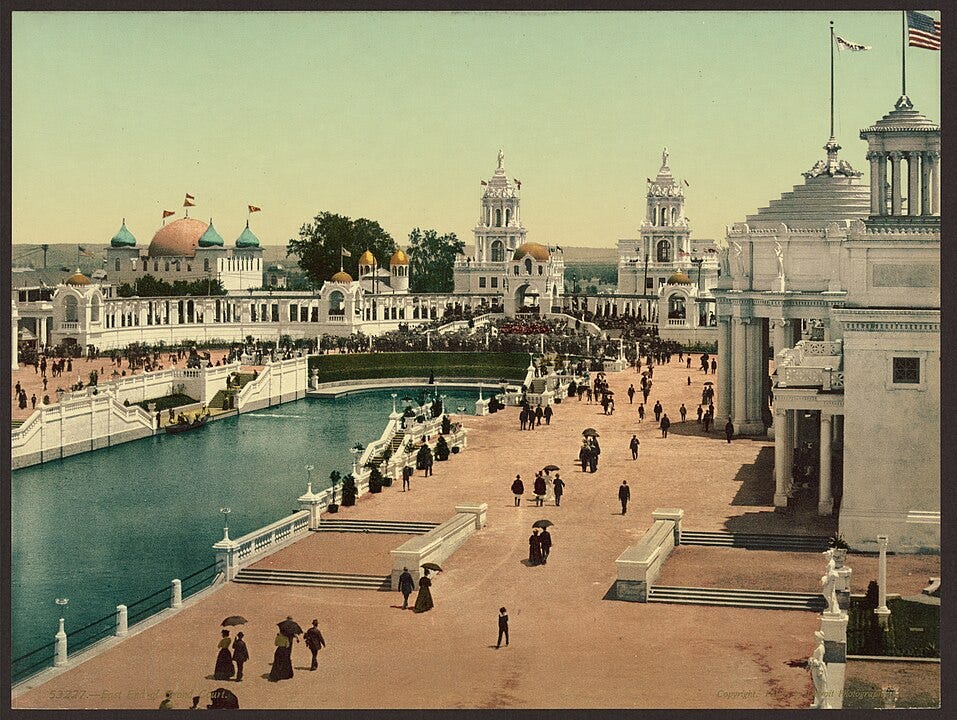
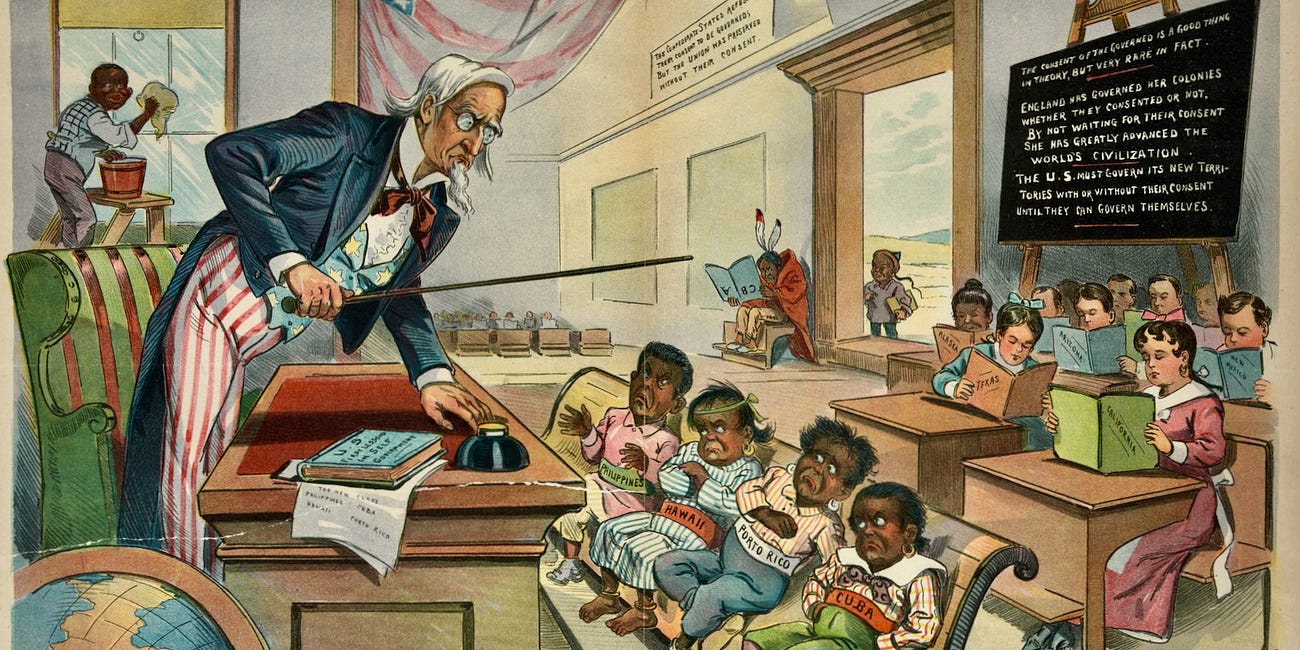

These are the stories that America’s ruling class wants excluded from any and all education. And they have already successfully managed to prevent us all from learning so much of our history. Primarily, there are different social classes in America.
Fuck, Yeah!